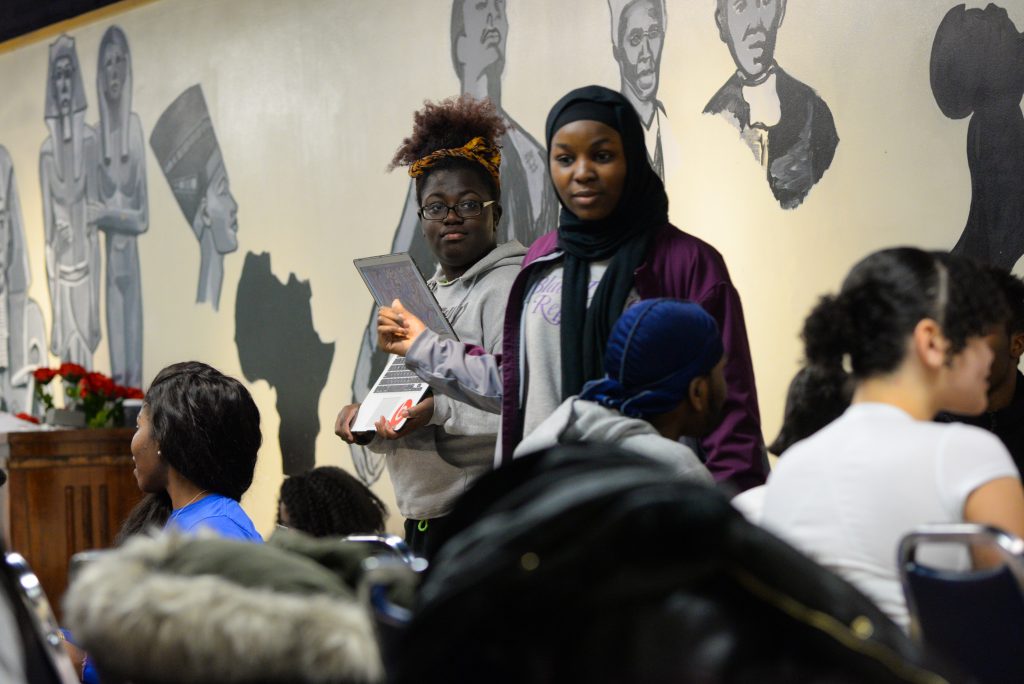
In an effort to promote interactions between people of color and the police, the African Student Organization (ASO) hosted an open discussion on police brutality between Binghamton University students and Binghamton’s New York State University Police (UPD) on Monday night.
More than 20 students gathered in the basement of the University Union to discuss the issue and hear from Quanison Wright, a technical sergeant with UPD.
The group started by discussing the stereotypes present in people’s lives, and students shared their thoughts on how police brutality toward people of color began. Some said it stemmed from the mistreatment of people of color throughout the Civil War, when police forces were created due to slavery and the need to oppress a group of people.
The discussion shifted toward contemporary police violence, and several students said guns should not be used as commonly as they are by police officers. Wright said he tries to minimize his use of weapons in situations, and would rather be involved in a physical altercation or use his nightstick before deciding to shoot.
“Original training should include looking at the situation, not skin color,” Wright said. “I’m not going to pull my gun until I see a weapon or a gun.”
Maya Lord-Dagostino, a sophomore double-majoring in Africana studies and human development, mentioned that officers are supposed to be trained to shoot nonfatally when interacting with suspects. For example, an officer could shoot a suspect in the leg rather than taking a fatal shot.
“There’s protocol — you shoot to not kill,” Lord-Dagostino said. “Just taking out your gun is an issue.”
Some added they expect to run into racism while in college, often in the form of everyday microaggressions. According to Lord-Dagostino, racism is still an issue that can be seen on campus.
“Racism is systematic and institutional racism is not just going to go away,” Lord-Dagostino said. “Even here there’s racism.”
According to Wright, UPD has not seen many negative incidents involving police and people of color on campus. However, in an effort to tackle implicit bias, UPD holds regular training sessions on diversity and inclusion.
Erin Snashall, a sophomore majoring in integrative neuroscience, said police brutality often derives from a lack of representation.
“This is so distant to them,” Snashall said. “They cannot relate to it. They can’t draw that connection. I think it’s a huge representation issue and I feel like if we had more people of color in power, it wouldn’t even be this much of a question and there would be adjustments to how things are done because it affects them.”
Students also discussed the Black Lives Matter and All Lives Matter movements, noting that one focuses on a specific population of people most affected by the issue of police brutality, while the other discusses everyone, including people who may not have the same experiences with law enforcement as black people. Wright spoke about the Blue Lives Matter movement, which also became popular around the same time. According to Wright, even though he is a police officer, as a person of color, once he takes off his uniform he gets treated the same as other black civilians.
“Blue lives matter to an extent — it matters if you’re white,” Wright said. “Once I take off my uniform, I get treated the same way.”
Wright said his door is always open to talk about relations between law enforcement and people of color, and encouraged students to try to be comfortable around police officers.
“The police have to change,” Wright said. “Just be yourself.”


